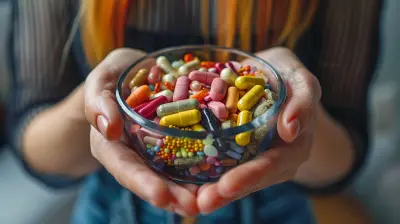Detox Your Home: Reducing Toxins in Your Living Space
24 September 2025
Hey there, friend! 🌿
Ever feel like your home should be your safe space—but something just feels... off? Like you walk in and instead of breathing easy, your nose wrinkles or your throat tickles? That might be your body waving red flags. The truth is, toxins can sneak into our homes in the most unexpected ways. But don’t worry—this isn't a horror story. It’s a happy-ending tale because you're about to learn how to detox your home and make it a fresh, clean haven!
Let’s break it all down and find out how to reduce toxins in your living space without losing your mind (or emptying your wallet). Ready? Let’s dive in!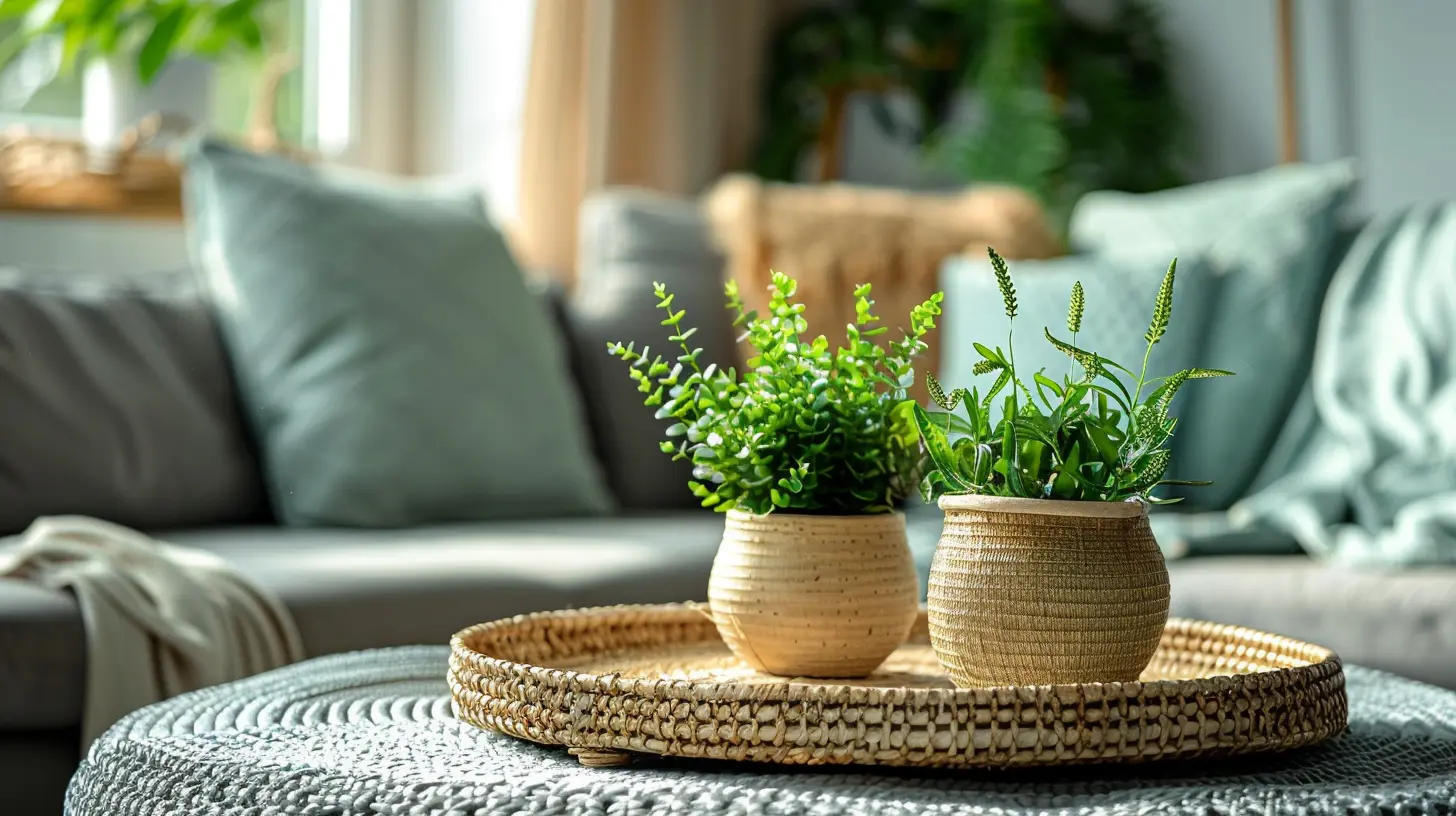
Why Detox Your Home?
Okay, real talk—your home might be more toxic than you think. From sneaky synthetic chemicals to off-gassing furniture and chemical-laden cleaning products, many everyday items release pollutants into our indoor spaces. And since we spend roughly 90% of our time indoors (yes, really!), it's a big deal.Toxins in your home can trigger allergies, mess with your hormones, affect your sleep, and even impact your mental health. Sounds scary? It doesn’t have to be. With a few mindful changes, you can dramatically reduce your exposure and breathe easier—literally.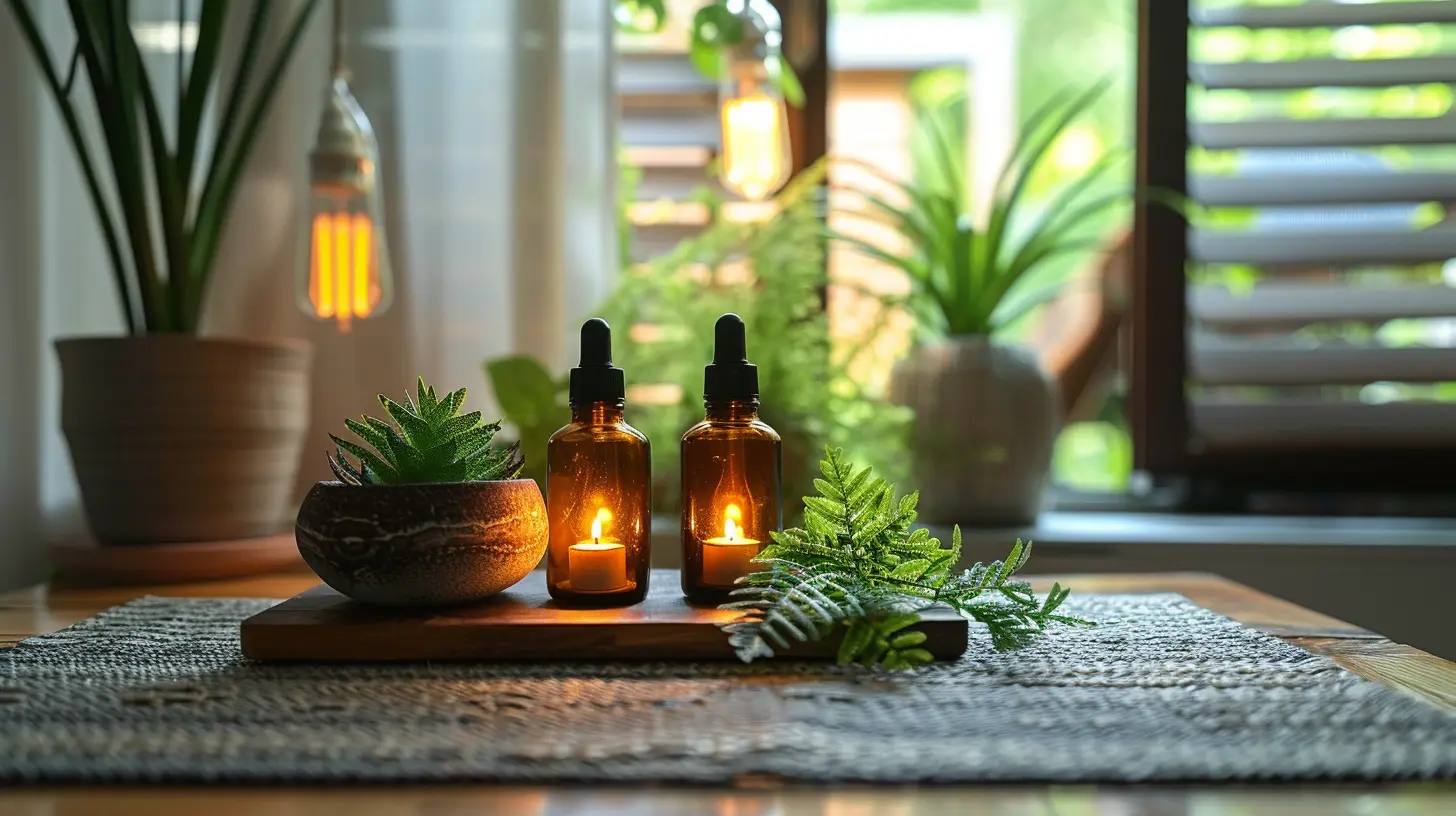
Step 1: Start with the Air
Open the Windows (Yes, Even in Winter!)
One of the easiest and most effective ways to detox your home? Fresh air! Indoor air can be 2 to 5 times more polluted than outdoor air. Wild, right?Crack your windows open for at least 10-15 minutes a day. Get that stagnant air moving and invite in some clean, oxygen-rich goodness.
Bring in the Green Team: Houseplants
Plants are more than just pretty decor—they're natural air purifiers! Some NASA-approved plants that help zap indoor toxins include:- Spider Plant
- Peace Lily
- Snake Plant
- Aloe Vera
- English Ivy
Not only do they clean the air, but they also bring a calming vibe. Think of them as your home’s green lungs.
Use Air Purifiers
If you live in a highly polluted area or suffer from allergies, consider investing in a HEPA air purifier. These little machines can filter out dust, pollen, pet dander, and even some VOCs (volatile organic compounds).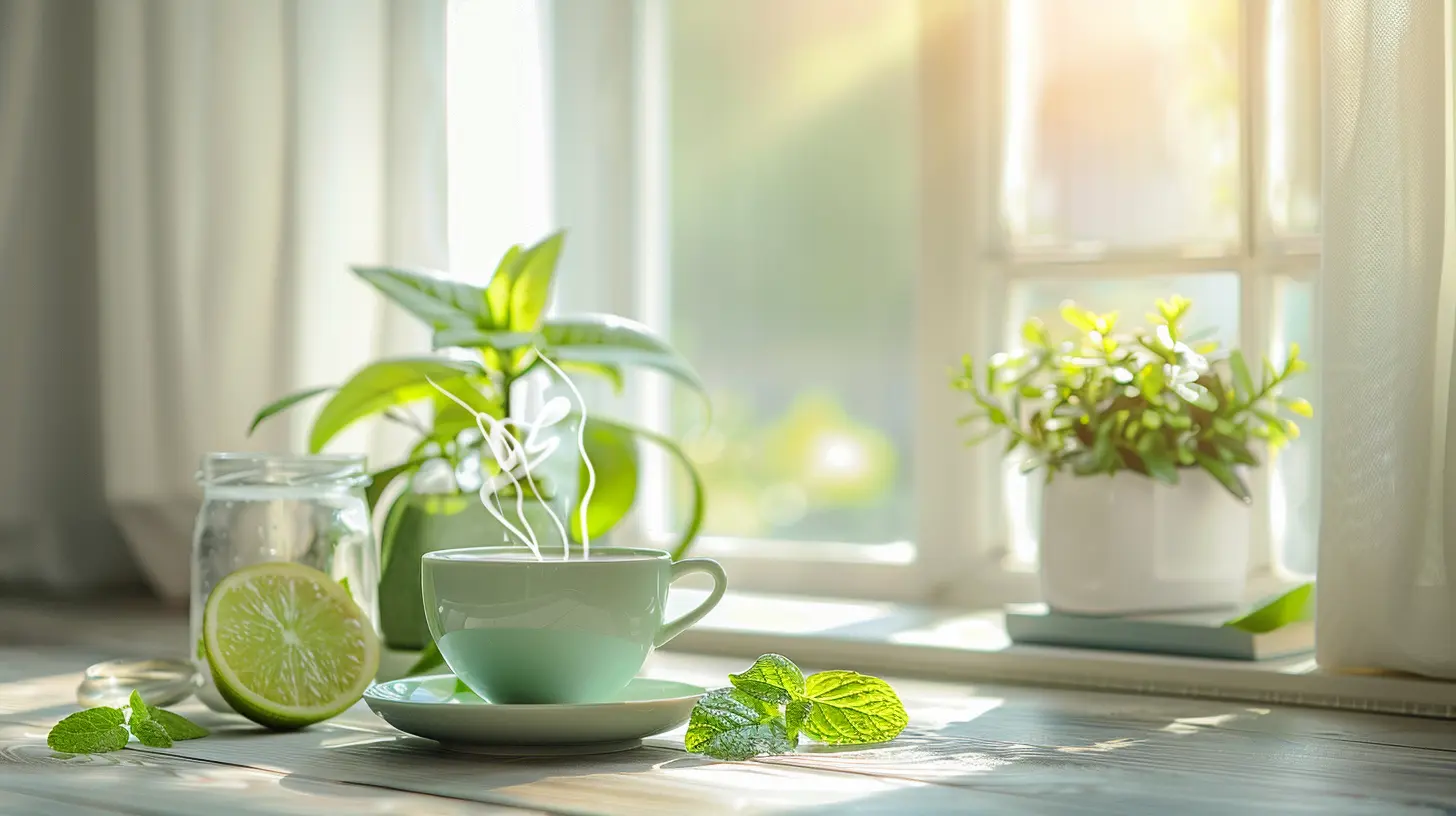
Step 2: Ditch the Chemical Cleaners
Read Those Labels
If your cleaning sprays list words like “fragrance,” “ammonia,” or “chlorine,” it's time for a cupboard detox. These ingredients can mess with your respiratory system and more.Go Natural
You can clean almost everything in your home using natural staples like:- White vinegar
- Baking soda
- Lemon juice
- Castile soap
- Essential oils (lavender, tea tree, eucalyptus)
DIY cleaners are kind of like the smoothies of the cleaning world: simple, effective, and super customizable.
Here’s a quick all-purpose cleaner recipe to get you started:
Homemade All-Purpose Cleaner:
- 1 cup water
- 1 cup white vinegar
- 10 drops essential oil of your choice
- Mix in a spray bottle and voila!
Skip the Scent Bombs
Plug-ins, scented candles, and aerosol sprays often contain synthetic fragrances that release harmful chemicals. Instead, freshen up your home with:- Essential oil diffusers
- Simmer pots (try boiling orange peels and cinnamon sticks!)
- Beeswax candles (they actually purify the air!)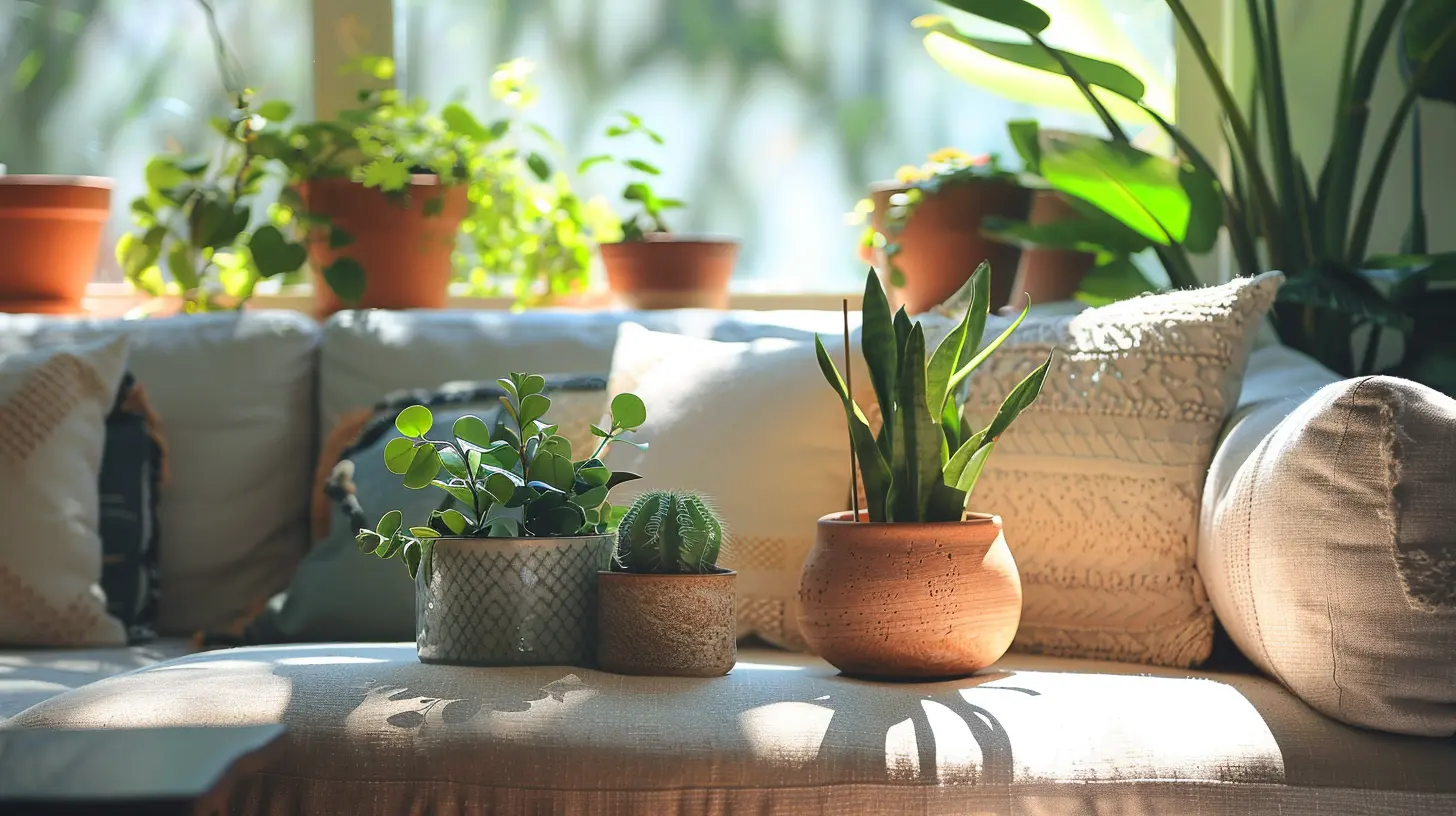
Step 3: Be Picky about Personal Products
Check Your Bathroom Cabinet
Your lotion, shampoo, deodorant—yep, even that fancy face mask—might be loaded with parabens, phthalates, and synthetic fragrances.Try switching to natural personal care brands that are transparent about their ingredients. Pro tip: Use the Think Dirty or EWG Healthy Living app to check how safe your products are.
Go Fragrance-Free (or Naturally Scented)
Fragrance might sound harmless, but it's often a mix of dozens (sometimes hundreds!) of undisclosed chemicals.Look for labels that say:
- “Fragrance-free” (not “unscented” – tricky, right?)
- Essential-oil based scents
- Certified organic or non-toxic certifications
Step 4: Upgrade Your Kitchen Essentials
Non-Stick? Think Twice
Teflon-coated cookware (non-stick pans) can release toxic fumes when overheated. Instead, opt for:- Stainless steel
- Cast iron (hello, kitchen heirloom!)
- Glass
- Ceramic
Watch the Plastics
Plastic food containers, especially when microwaved, can leach chemicals like BPA or phthalates into your food. Swap them out for:- Glass containers
- Stainless steel lunchboxes
- Beeswax wraps instead of plastic wrap
Also, ditch single-use plastics when you can. Your body—and Mother Earth—will thank you.
Step 5: Swap Out Synthetic Textiles
Your Couch Could Be Off-Gassing
New furniture or carpets often release VOCs, which can stick around for weeks or even months. Look for items labeled “low-VOC” or “Greenguard Certified.”And if you’re bringing in something new? Air it out for a few days in the garage or outside if possible.
Choose Natural Fibers
Textiles made from cotton, wool, hemp, or linen are not only cozy—they’re cleaner. They don’t trap dust and chemicals the way synthetics do.Your bedding, curtains, and rugs deserve a detox, too. Remember, your skin is your largest organ—keep what touches it as clean as possible!
Step 6: Kick Off Your Shoes
Simple trick, big impact. Take off your shoes at the door to prevent partying with pesticides, heavy metals, and dirt from outside.Set up a cheerful little shoe station near the entrance and maybe keep some cute slippers nearby. It’s a small habit with BIG toxin-reducing power.
Step 7: Keep It Dry
Mold loves a damp home. And mold spores are no joke—they can cause respiratory problems, headaches, and fatigue.Keep your home’s humidity below 50%. Use exhaust fans, fix leaks ASAP, and consider a dehumidifier for damp areas like basements or bathrooms.
Step 8: Go Minimal
Less is more, right? The fewer items you have, the fewer places for dust and chemicals to hide.Declutter your space and be intentional with what you bring in. Choose quality over quantity. Focus on items that are useful, beautiful, or meaningful (yes, Marie Kondo was onto something!).
Quick Checklist: Detox Like a Boss
Here’s a fun, breezy checklist to help you detox your home room by room:➤ Entryway
- Shoe rack or basket- Doormat outside and inside
➤ Kitchen
- Swap plastic for glass- Use non-toxic cleaners
- Fresh or frozen over packaged foods
➤ Living Room:
- Air-purifying plants- Low-VOC furniture
- Diffuse essential oils
➤ Bedroom:
- Organic bedding- Natural mattress if possible
- No electronics near your bed (bonus: better sleep!)
➤ Bathroom:
- Filtered showerhead- Natural body care products
- Ventilation to reduce mold
It's Progress, Not Perfection
Hey, don’t let overwhelm creep in. You don’t have to do all of this overnight. Pick one area—maybe your cleaning supplies or your kitchen—and start there. Every small step you take adds up to a cleaner, healthier home.Think of your home like a garden. You weed out the toxins, plant little changes, and over time, you grow a nourishing, beautiful space that supports your well-being.
So go ahead—open those windows, hug your houseplants, and give your mop an all-natural makeover. You’ve got this!
Final Thoughts
Detoxing your home doesn’t mean turning into a crunchy granola guru overnight (unless you want to, of course). It’s all about being mindful and making small, empowering shifts.Trust me—your body, your brain, and even your sleep will thank you. And before you know it, your home won’t just look clean, it’ll feel clean—and that’s the real magic.
Here’s to fewer toxins, more peace, and a whole lot of fresh air. Cheers to your cozy, clean sanctuary!
all images in this post were generated using AI tools
Category:
DetoxAuthor:

Arthur McKeever
Discussion
rate this article
1 comments
Eleanor Elliott
Great tips! Small changes can make a big difference in creating a healthier home environment. Thanks!
September 27, 2025 at 3:22 AM

Arthur McKeever
Thank you! I'm glad you found the tips helpful. Small changes can truly transform our home environments!

